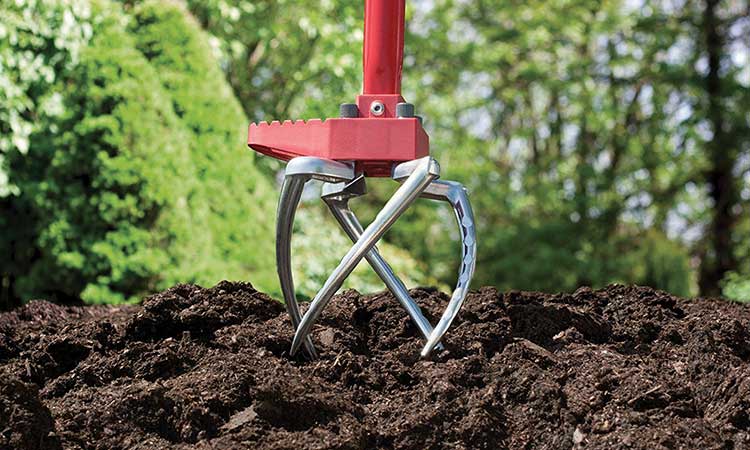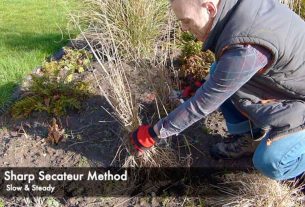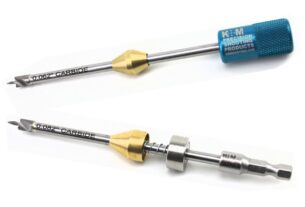Are you tired of using traditional gardening methods that take up too much time and energy? Look no further than tilling tools! These handy devices make preparing soil for planting a breeze. In this article, we’ll explore everything you need to know about tilling tools, including their benefits, types, and how to choose the best one for your garden.
What is a Tilling Tool?
A tilling tool is a device used to break up and loosen soil in preparation for planting. It can be manual or motorized, depending on the size of the area being tilled. These tools are commonly used in gardens, farms, and landscaping projects.
Benefits of Using a Tilling Tool
There are several benefits to using a tilling tool in your garden. First and foremost, it saves time and effort. Breaking up soil manually can be back-breaking work, but with a tilling tool, it’s a breeze. Additionally, tilling helps improve soil structure by incorporating organic matter into the soil. This makes it easier for plants to grow roots and absorb nutrients. Finally, tilling can help control weeds by disrupting their root systems.
Types of Tilling Tools
There are several types of tilling tools on the market today. Here are some of the most common:
1. Handheld Tiller – A handheld tiller is a manual tool that requires physical exertion to operate. It’s ideal for small gardens or flower beds.
2. Cultivator – A cultivator is similar to a handheld tiller but has more blades. It’s great for mixing soil and breaking up clumps.
3. Electric Tiller – An electric tiller is powered by electricity and is ideal for medium-sized gardens or lawns.
4. Gas-Powered Tiller – A gas-powered tiller is the most powerful type of tiller and is ideal for large gardens or farms.
5. Plow – A plow is a heavy-duty tiller designed for breaking up compacted soil. It’s commonly used in agriculture and landscaping projects.
How to Choose the Right Tilling Tool
When choosing a tilling tool, there are several factors to consider. First, assess the size of your garden or lawn. If you have a small area, a handheld tiller or cultivator may suffice. However, if you have a larger area, an electric or gas-powered tiller may be necessary.
Next, consider the type of soil you’ll be tilling. If you have rocky or clay soil, a heavy-duty tiller like a plow may be necessary. However, if you have loamy soil, a handheld or electric tiller may suffice.
Finally, think about your physical capabilities. If you have limited mobility or strength, a manual tool may not be the best option. In this case, an electric or gas-powered tiller would be more suitable.
Conclusion
In conclusion, tilling tools are an excellent investment for any gardener or landscaper. They save time and effort while improving soil structure and controlling weeds. When choosing a tilling tool, consider the size of your garden or lawn, the type of soil you’ll be tilling, and your physical capabilities.
Wiki Reference: https://en.wikipedia.org/wiki/Tiller




